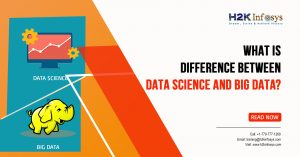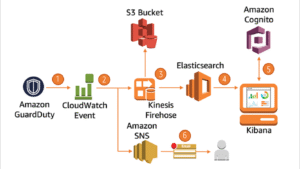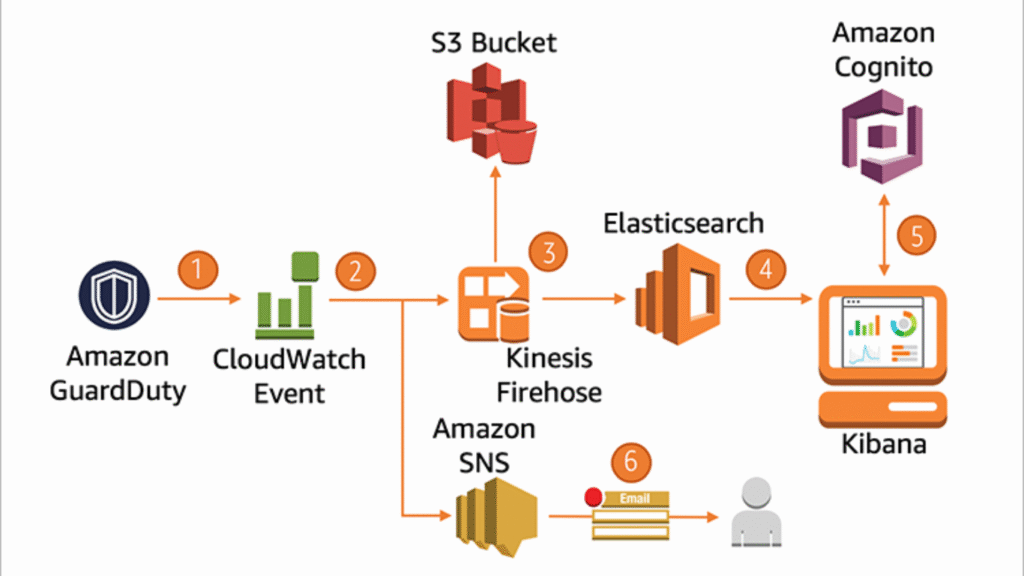Data Lake is a repository that allows saving all structured and unstructured data at any scale. We can store our data without having a first structure the data and run different types of analytics, from dashboards and visualization to big data processing, real-time analytics, and machine learning.
Why it is important?
All the organizations will generally generate business value from the data that will outperform the peers. The organizations implementing a Data Lake outperformed many companies by 9% in organic revenue growth. The leaders could do new types of analytics like machine learning over new sources like log files, data from click streams, social media, and internet-connected devices saved in the Data Lake.
When Data Lake is compared to Data Warehouses, there are two approaches:
A Data Warehouse will be a Database optimized to analyze relational data coming from transactional systems and line of business applications. The data structures and schema are defined to optimize for fast SQL queries where the results will be operational reporting and analysis. Data is cleaned, enriched, and transformed to be the “single source of truth” the users can trust.
Data Lake is different because it stores relational data from a line of business applications and non-relational data from mobile apps, IoT devices, and social media. The structure data or schema will be defined when data is captured. This means we can store all the data with a careful design or may need to know what type of questions we might answer.
The characteristics of Data Warehouse and Data Lake
- Data: In the Data Warehouse, a relational from transactional systems, operational databases, and a line of business applications.
In Data Lake, Non-relational and relational IOT devices, websites, mobile apps, social media, and corporate applications.
- Schema: In the Data Warehouse, designed before the DW implementation.
In Data Lake, it is written at the time of analysis.
- Data quality: In the Data warehouse, it is highly curated data that serves as the central version of the truth.
In Data Lake, any data that may be or may not be curated.
- Analytics: In a data warehouse, batch reporting, BI, and visualizations.
In Data lake, Machine learning, predictive analytics, data discovery, and proofing.
The essential elements of Data Lake are:
- Data movement- Data Lake will import the amount of data that can come in real-time. Data is collected from multiple sources and moved into the data lake in its original format. This process allows us to scale data of any size while saving time in defining data structures, schema, and transformations.
- Securely store and catalog data- Data Lake will store relational data like operational databases and data like mobile apps, IOT devices, and social media. They also
allow us to understand what data is in the lake through crawling, cataloging, and indexing data. Data must be secured to make sure our data assets are protected.
- Machine learning- Data lakes will provide organizations to generate different types of insights, including reporting on historical data and doing machine learning where models are created with likely outcomes and suggest a range of related actions to achieve the optimal result.
The value of Data lake
There are some examples where the importance of Data lakes is added
- Improved customer interactions: Data lake can combine customer data from CRM platforms with social media analytics. This marketing platform includes buying history and incident tickets to empower the business to understand the most profitable customer, the cause of customers, and promotions that will increase loyalty.
- Increase operational efficiencies: The Internet of Things introduces more ways to collect data on processes like manufacturing with real-time data from internet connected devices.
Questions
- What is Data Lake?
- What is the importance of Data Lake?























